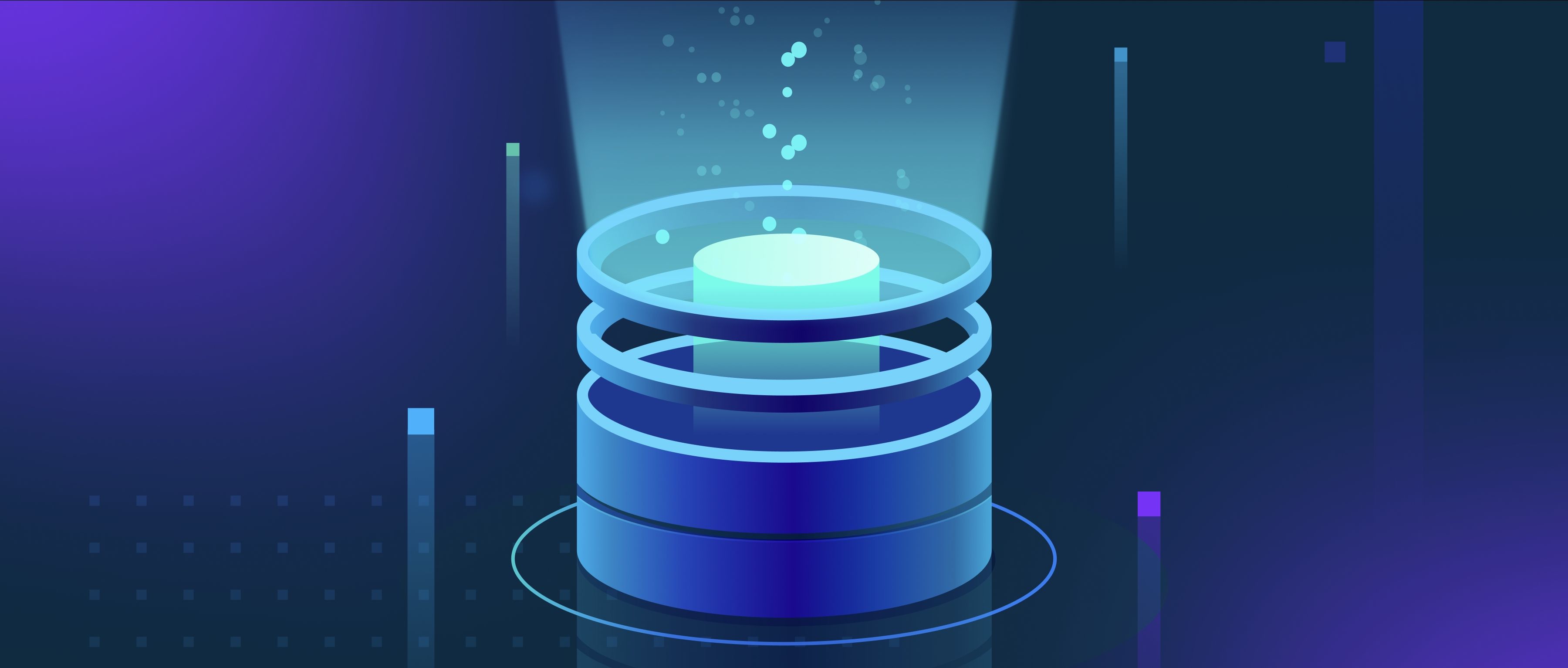GPT-4 builds upon the foundation of GPT-3, offering improved capabilities in understanding and generating text. One key difference is GPT-4’s enhanced contextual understanding, allowing it to generate more accurate and coherent responses, particularly for complex or ambiguous queries. It achieves this through a larger model size, refined training techniques, and access to more diverse datasets.
Another significant advancement is GPT-4’s multimodal capabilities, enabling it to process both text and image inputs. For example, GPT-4 can describe the contents of an image or answer questions based on visual context, broadening its applicability to tasks like video analysis or document processing.
GPT-4 also incorporates better alignment with human preferences, thanks to improvements in Reinforcement Learning from Human Feedback (RLHF). This makes it more ethical and reduces instances of harmful or biased outputs. Additionally, GPT-4 demonstrates improved performance in low-resource languages and specialized domains, making it more versatile than its predecessor.
